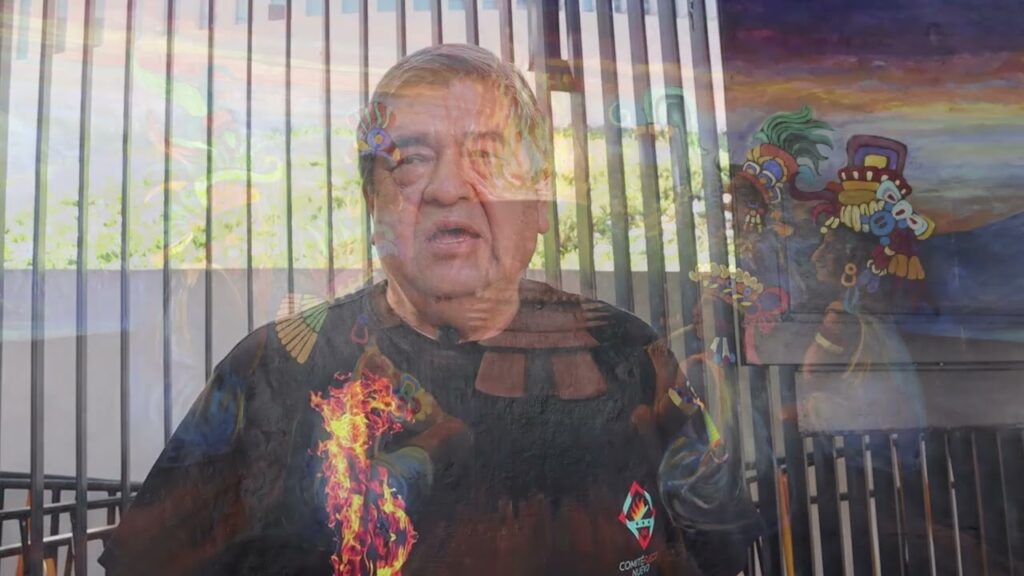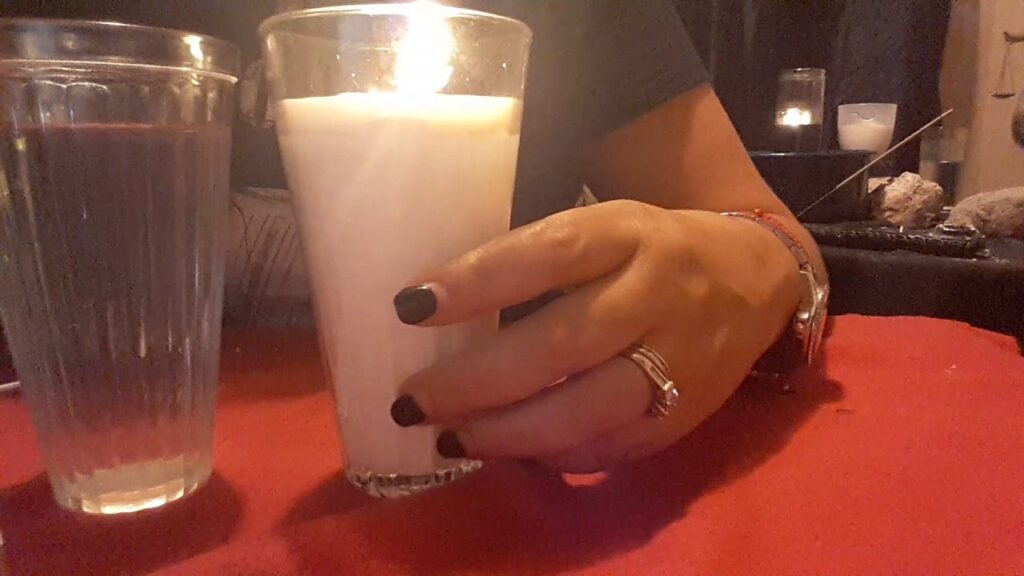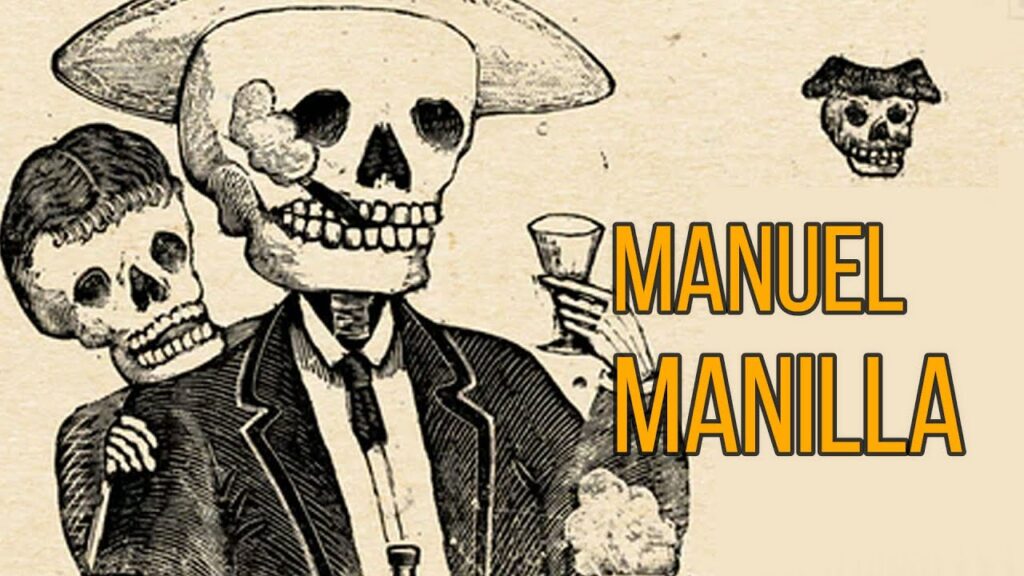Rediscovering the Ancient Tradition: The Ceremony of the New Fire in Iztapalapa
In the heart of Iztapalapa, a borough within Mexico City, lies a tradition steeped in ancient history that continues to captivate and inspire both locals and travelers alike. The Ceremony of the New Fire, or ‘La Ceremonia del Fuego Nuevo’ in Spanish, is an annual event that revives a ritual dating back to the times of the Aztecs. It is a spectacle of culture, spirituality, and community that embodies the very essence of Mexico’s rich indigenous heritage.
The origins of the ceremony are found in the Aztec belief system, centering on the renewal of the cosmic cycle and the postponement of the end of the world. Every 52 years, the Aztecs would extinguish all fires as they awaited the passage of the Pleiades across the night sky, a celestial event that signified the start of a new cycle. Today, the reenactment in Iztapalapa doesn’t adhere to the same 52-year schedule but is celebrated annually, allowing more frequent observation and participation in this profound cultural reconnection.
Participants and observers of the modern ceremony are treated to a rich tapestry of traditional dance, music, and attire. Elders and spiritual leaders preside over the rituals, maintaining a profound respect for the ancient customs while sharing their knowledge with younger generations. As night falls, the ritual culminates with the lighting of a new flame, symbolizing hope, renewal, and the enduring continuity of life. This powerful moment highlights the fusion of the past and present, making the ceremony an unforgettable experience for those who witness it.
How the New Fire Ceremony Strengthens Cultural Bonds in Iztapalapa Since 1975
The New Fire Ceremony, known in Spanish as ‘La Ceremonia del Fuego Nuevo’, is a ritual that has deep roots in the pre-Hispanic era and is recognized for its sociocultural importance among the communities of Iztapalapa. Revived in 1975, the ceremony commemorates the cosmological beliefs of the Nahua people, who were indigenous to the region. Every year, local inhabitants come together to reinforce their cultural identity through the symbolic kindling of a new flame, representing the start of a new cycle and the renewal of life.
Embedded within this captivating ritual is the vibrant expression of community solidarity. As residents of Iztapalapa gather, the ceremony acts as a powerful conduit for the transmission of oral histories and ancestral knowledge. Elders share tales and wisdom with the younger generations, ensuring that their cultural heritage is not only remembered but also lived and experienced. This annual assembly fosters a sense of pride and strengthens the intergenerational bonds that are essential to the continuity of their traditions.
The scope of the New Fire Ceremony extends beyond mere historical reenactment. For the people of Iztapalapa, it is an act of cultural resistance and affirmation. In the face of the sprawling urbanization of Mexico City, which threatens to dilute their distinct cultural practices, the steadfast commitment of Iztapalapa’s inhabitants to this ceremony is a testament to their resilience in preserving their unique way of life.
Furthermore, the ceremony has evolved to become a major cultural event, attracting visitors from across Mexico and the globe. This influx of guests creates a platform for cultural exchange and dialogue, offering attendees the opportunity to become immersed in the rich tapestry of local customs and to learn about the historical significance of the ceremony. The event thus serves as a bridge that connects the Iztapalapa community with the wider world.
Finally, the New Fire Ceremony holds significant educational value. Schools in Iztapalapa integrate the ceremony into their curriculum, inviting students to participate actively in its preparation and execution. Through this hands-on approach, education extends beyond the classroom, with children learning the importance of cultural heritage and community participation. This powerful learning experience not only reinforces the cultural framework of the individual but also weaves the social fabric that unites the community.
Exploring the Significance of the New Fire Ceremony in Iztapalapa’s Heritage
The New Fire Ceremony, or “Ceremonia del Fuego Nuevo,” holds a profound place in the heritage of Iztapalapa, one of Mexico City’s 16 municipalities. This ancient ritual dates back to the time of the Aztecs, who saw it as a crucial event to prevent the end of the world and the beginning of a new era. Every 52 years, the ceremony was performed to renew the world’s cycle and ensure the sun would rise again. Today, inhabitants of Iztapalapa perform this ceremony as a way to honor their ancestral traditions and maintain a connection to their pre-Hispanic roots.
During this symbolic ceremony, the lighting of a new fire symbolizes the rebirth of the sun and the renewal of time. This act not only commemorates the rich cultural history of the area but also serves to educate and immerse visitors in the deep spiritual beliefs of the past. Iztapalapa’s modern interpretation of the New Fire Ceremony sees people gathering together, often dressed in costumes that echo those worn by their Aztec ancestors, to witness a reenactment that is both educational and emotive.
The significance of the New Fire Ceremony extends beyond the event itself, as it is intertwined with the identity of Iztapalapa’s community. It’s a poignant reminder of the resilience of ancient practices amidst the ever-growing landscape of Mexico City. The ceremony’s continued observance speaks to the importance of preserving cultural heritage, fostering a sense of pride among locals, and offering a unique experience that allows travelers to glimpse into the soul of ancient Mexico.
The New Fire Ceremony in Iztapalapa: A Symbol of Resilience and Identity
The New Fire Ceremony, or ‘Ceremonia del Fuego Nuevo’, is a powerful manifestation of the enduring legacy of the indigenous peoples in Iztapalapa, a borough of Mexico City. Rooted in pre-Hispanic traditions, this captivating event symbolizes the renewal of the cosmos and showcases the unbroken connection between the modern inhabitants and their ancestral past. Held annually, it garners attention not just from the local community, but from cultural enthusiasts around the globe seeking to witness the resilience of age-old rituals in today’s rapidly modernizing world.
During the ceremony, participants adorned in vibrant traditional attire, ascend the Cerro de la Estrella, an important archaeological site believed to be where the Mexicas observed the ritual centuries ago. Upon reaching the summit at dusk, the atmosphere is charged with a reverent energy. Ritual leaders light a new fire, marking the beginning of a new cycle, as participants engage in dances and prayers. The flickering flames serve as a fierce reminder of the community’s dedication to preserving their cultural identity amidst urban expansion and contemporary challenges.
The importance of the New Fire Ceremony transcends the bounds of cultural festivity; it is an integral part of the community’s social fabric. Families pass down the details of the ceremony through generations, ensuring that even the youngest members grow up with a profound appreciation for their heritage. This event is more than just a spectacle; it is a resonant statement of how the collective spirit of a people can thrive against the tides of time, continually rekindling the shared values and beliefs that form the core of their communal identity.
The Revival of the New Fire Ceremony: Iztapalapa’s Commitment to Historical Traditions
In the bustling metropolis of Mexico City, the borough of Iztapalapa holds a tradition that spans centuries—the New Fire Ceremony. Rooted in the ancient customs of the pre-Hispanic peoples, this ceremony signifies the rebirth of the cosmos and the renewal of time. Every year, the locals of Iztapalapa come together to breathe life into this age-old practice, showcasing a profound respect for their cultural inheritance. Amidst the rapid modernization of Mexican society, the persistent celebration of the New Fire Ceremony stands as a testament to the community’s unwavering dedication to preserving its historical past.
The ceremonial practices involve a series of intricate rituals that begin with a solemn procession to the top of the Cerro de la Estrella, a hill that is fabled to be the site where the gods determined the destiny of the universe. Here, participants adorned in traditional costume reenact the rituals of their forebears under the guidance of community elders, who are the custodians of these ancient rites. The key moment arrives at dusk when the New Fire is ignited—an act symbolizing the start of a new era and the continuity of life.
Not only does the New Fire Ceremony offer a bridge to the past, but it also serves as a cultural anchor that fosters unity within the Iztapalapa community. Young and old partake in the festivities, with the older generation passing down the lore and significance of each ritual to the younger participants. This intergenerational exchange ensures that the ceremony is more than just a historical reenactment; it’s a living tradition that evolves with the people, yet retains the essence of its ancient origins. The event weaves together the threads of community, culture, and history, creating a vibrant tapestry that exemplifies Iztapalapa’s commitment to historical traditions.



